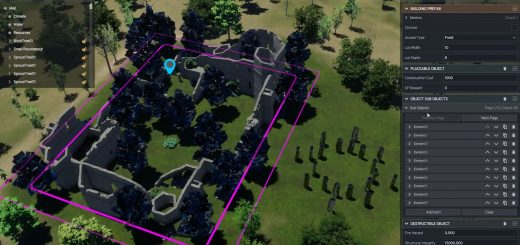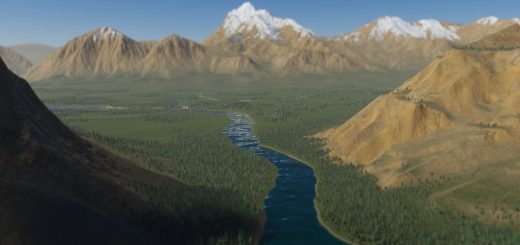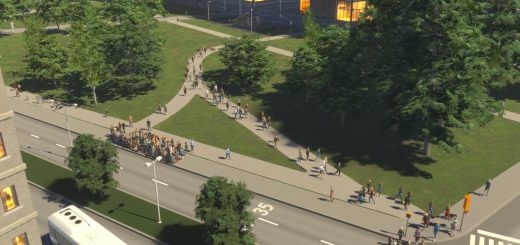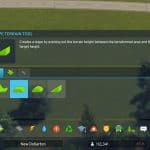
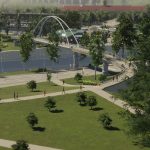
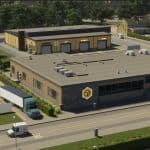
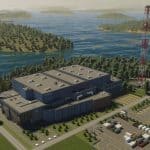
Cities Skylines 2: Communication, Landscaping
In “Cities: Skylines II,” the newly introduced Communications service encompasses the familiar Post service and the fresh Telecom service, granting citizens and businesses internet access.
The Post service caters to the mail needs of residents, businesses, and municipal services. When residents can mail and receive items, their Well-being gets a lift, enhancing their Happiness. On the other hand, if they can’t send postcards, love letters, or opinion pieces to publications, it dampens their Well-being. In a similar vein, a smooth Post service boosts Efficiency for businesses and city services, with improved mail dispatch and receipt.
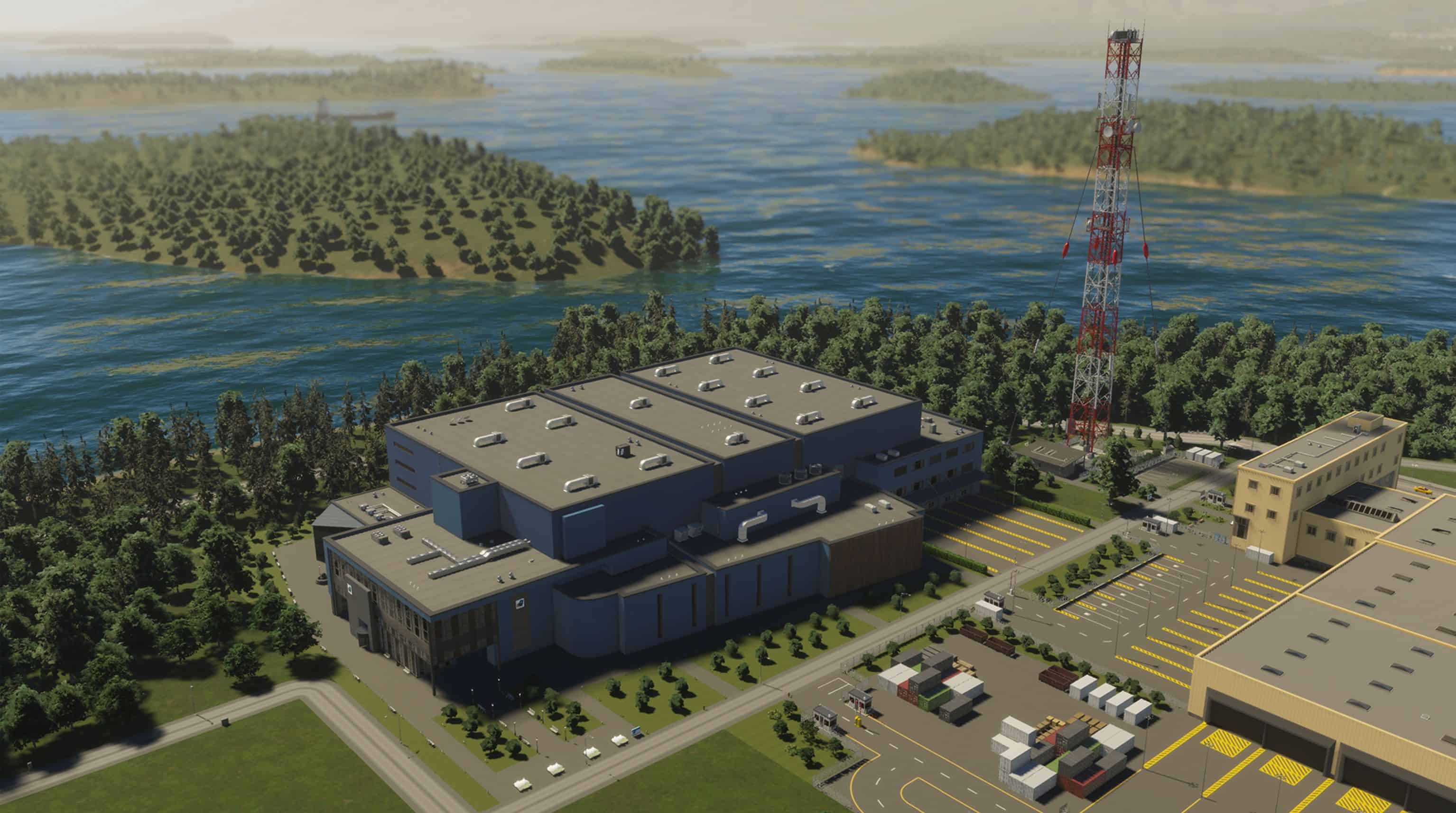
Post Offices deploy post vans to gather mail from individual mailboxes and directly from enterprises and city services. Accumulated mail awaits dispatch at the Post Office, either directed to an External Connection or a Post Sorting Center. This facility classifies mail for local distribution or broader destinations. In its absence, all outgoing city mail is deemed long-distance, and only incoming items from External Connections are circulated within the city.
The essence of Telecommunications is to offer swift internet connectivity to residents and businesses. Every user, whether a home dweller, office worker, or school student, utilizes a fraction of the network’s bandwidth capacity (1 Gbit/s). Each telecom facility outlines its bandwidth capacity and scope, indicating its service volume and range.
Robust telecom services enhance citizen Well-being by catering to their Leisure needs. A user’s Well-being elevation via the internet hinges on the signal potency, which naturally diminishes with distance from the source. On the business front, commercial entities see a sales boost as online shopping becomes accessible to citizens. In contrast, industrial sectors secure more lucrative deals due to enhanced communication and broader access, reducing raw material costs and subsequently hiking profit margins.

LANDSCAPING
In “Cities: Skylines II”, the Landscaping features echo its predecessor’s functions. Within the Terraforming category, builders can mold the land to their vision using familiar tools: Shift Terrain, Level Terrain, Soften Terrain, and Slope Terrain. Moreover, the game allows for tree planting, introducing a life cycle where trees age and expand over time. By selecting from the Vegetation menu within Landscaping, you can introduce young saplings that will, over time, flourish into full-grown trees. Conversely, post-forest fires, rejuvenation will be a waiting game as new trees slowly replace their charred predecessors.

The Landscaping menu also reintroduces Pathways, letting players craft paved routes for pedestrians, complete with diverse pedestrian bridge designs. As inhabitants navigate their urban environment, walking emerges as a viable commuting option. Should pathways offer expedient routes across town, many will favor walking over vehicular travel or public transportation. The silver lining? Walking not only sidesteps traffic snarls but also spares citizens commuting costs, leaving them with extra cash to spend in other areas!



